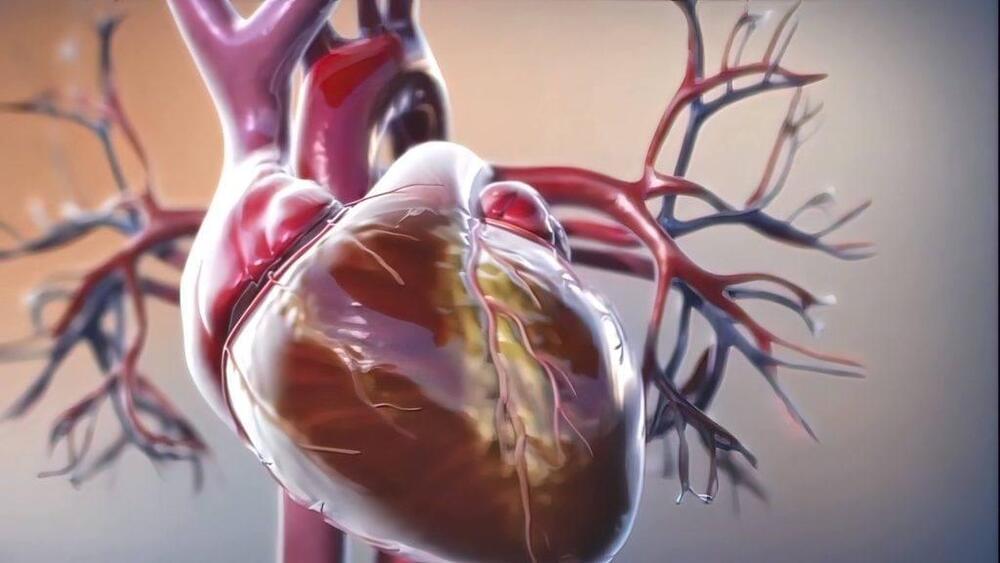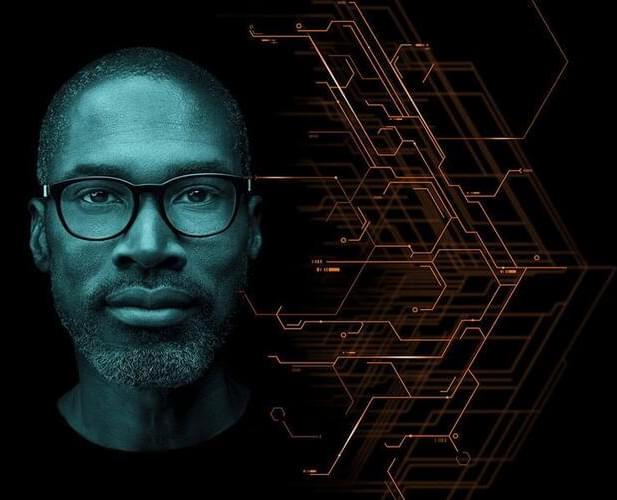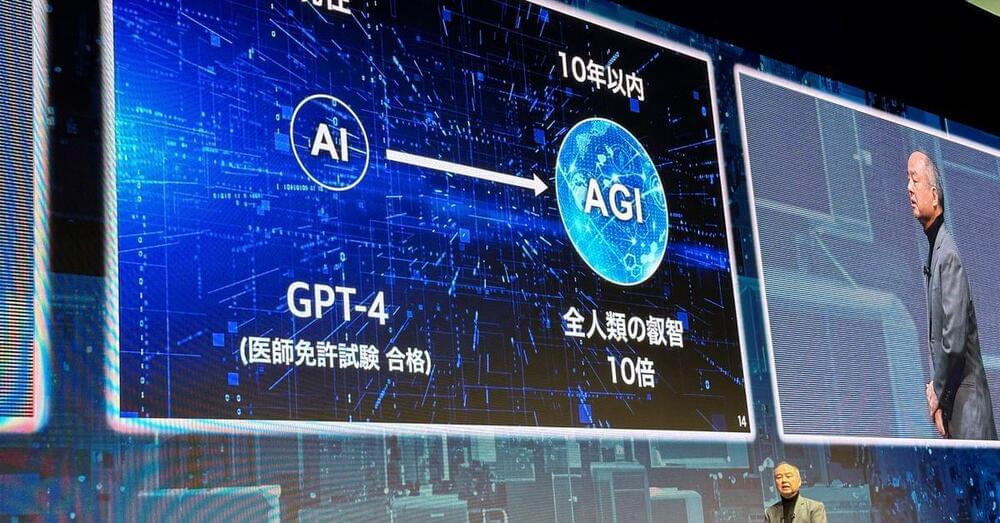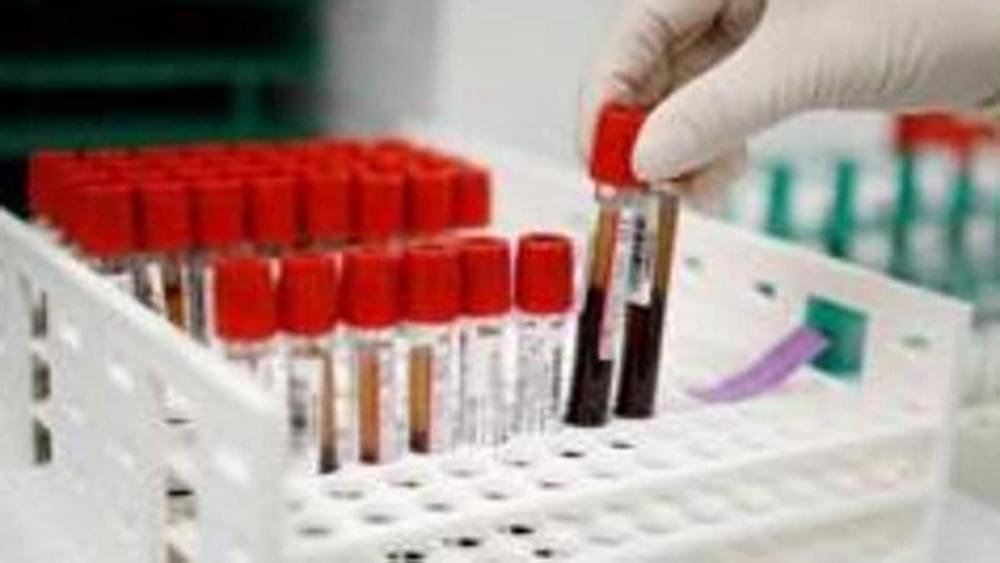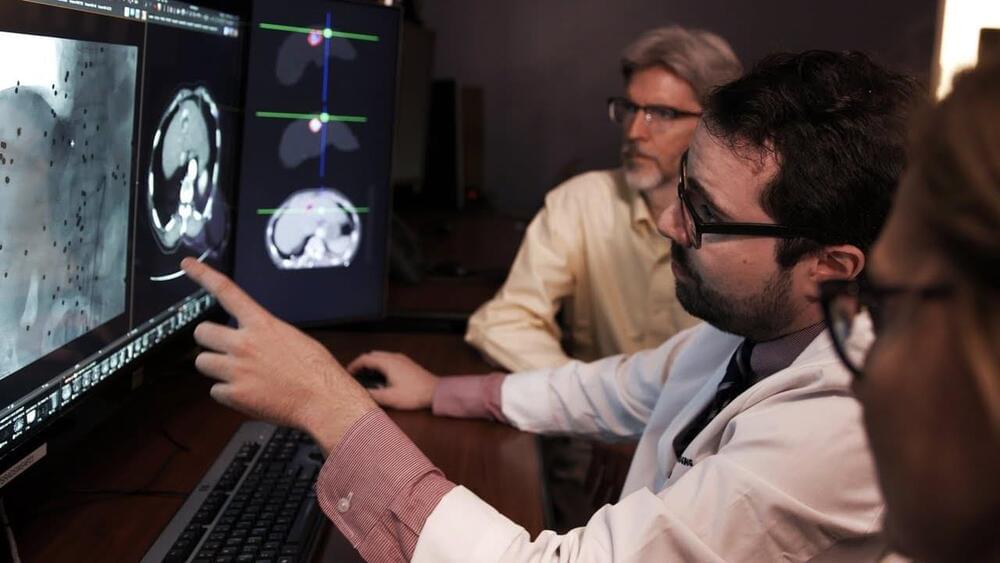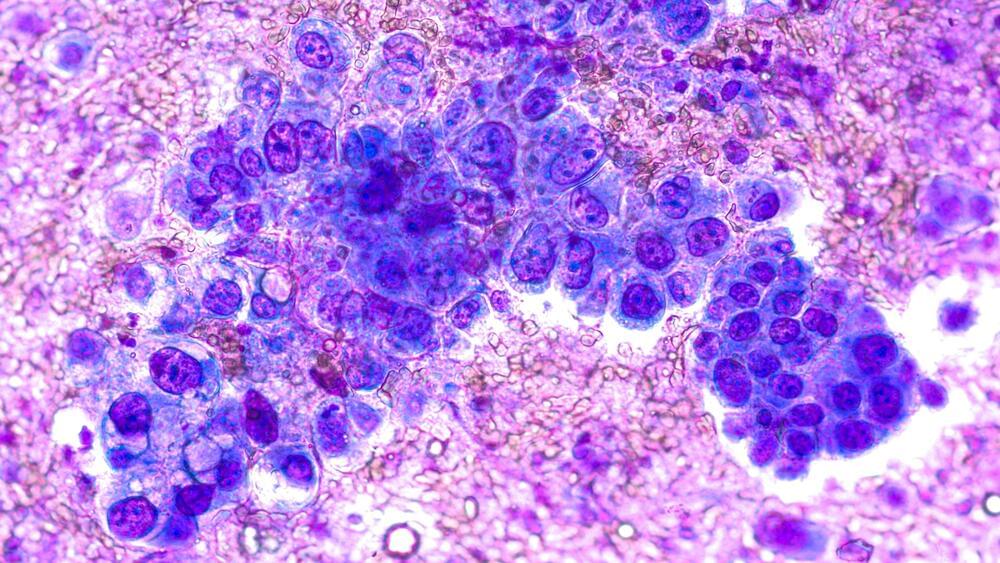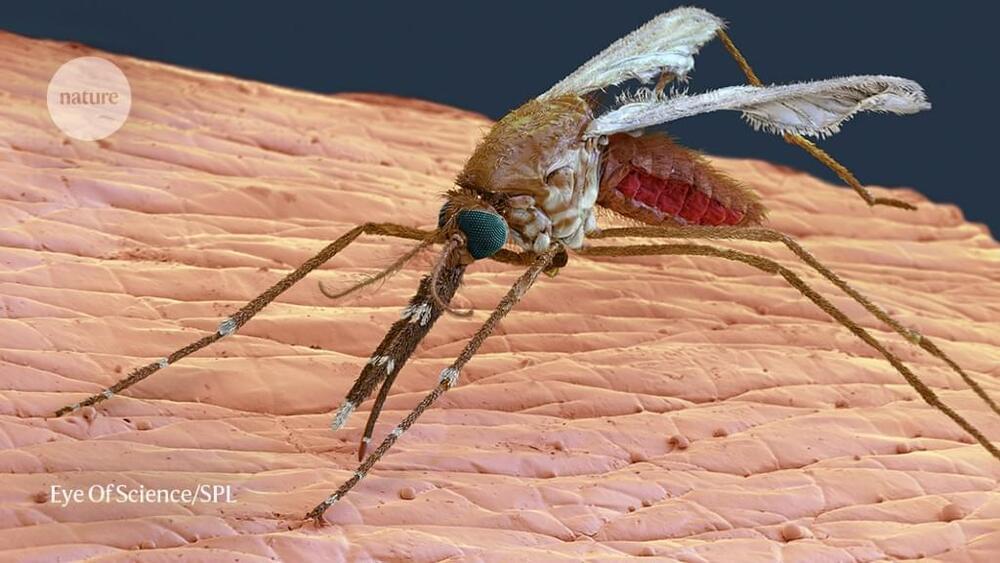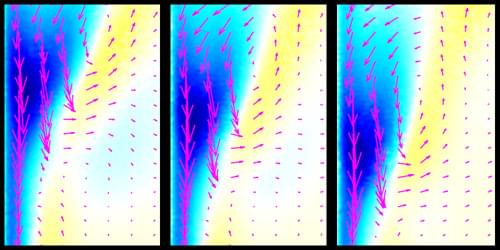ROCHESTER, Minn. — A recent study based on real-world community patient data confirms the effectiveness of the Pooled Cohort Equation (PCE), developed by the American Heart Association and the American College of Cardiology in 2013. The PCE is used to estimate a person’s 10-year risk of developing clogged arteries, also known as atherosclerosis, and guide heart attack and stroke prevention efforts. Study findings are published in the Journal of the American College of Cardiology.
The new study highlights to patients and clinicians the continued reliability and effectiveness of the PCE as a tool for assessing cardiovascular risk, regardless of statin use to lower cholesterol.
The PCE serves as a shared decision-making tool for a clinician and patient to evaluate their current status in preventing atherosclerotic cardiovascular disease. The calculator considers input in the categories of gender, age, race, total cholesterol, HDL cholesterol, systolic blood pressure, treatment for high blood pressure, diabetes status, and smoking status.
